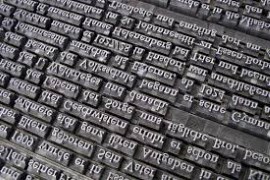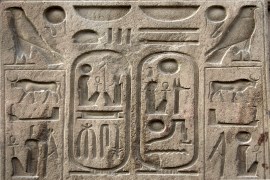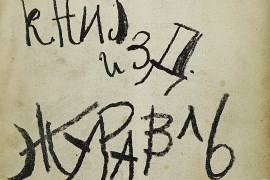Collections | Livre | Chapitre
Foundations of quantum mechanics
pp. 351-363
Résumé
When [in 1905] the c-theory [Special Theory of Relativity] was born, both the mathematical formalism and its physical interpretation were established simultaneously; merely some questions of physical logic and axiomatics remained to be clarified. The story is quite different in the case of h-theory. To start with, two apparently quite different mathematical theories emerged, known as "wave mechanics' (Schroedinger) and "matrix mechanics' (Heisenberg-Born-Jordan), respectively. The underlying physical conceptions and, hence, the first physical interpretations were entirely different: Schroedinger believed he had reduced the quantum phenomena to a classical eigenvalue problem of the sort known from the theory of oscillations while Heisenberg-Born-Jordan understood their theory as a fundamental generalization of classical mechanics satisfying Bohr's principle of correspondence. The progress achieved in the following time consisted of three main steps.
Détails de la publication
Publié dans:
Hooker Clifford A. (1975) The logico-algebraic approach to quantum mechanics I: historical evolution. Dordrecht, Springer.
Pages: 351-363
DOI: 10.1007/978-94-010-1795-4_20
Citation complète:
Strauss Martin, 1975, Foundations of quantum mechanics. In C. A. Hooker (ed.) The logico-algebraic approach to quantum mechanics I (351-363). Dordrecht, Springer.










